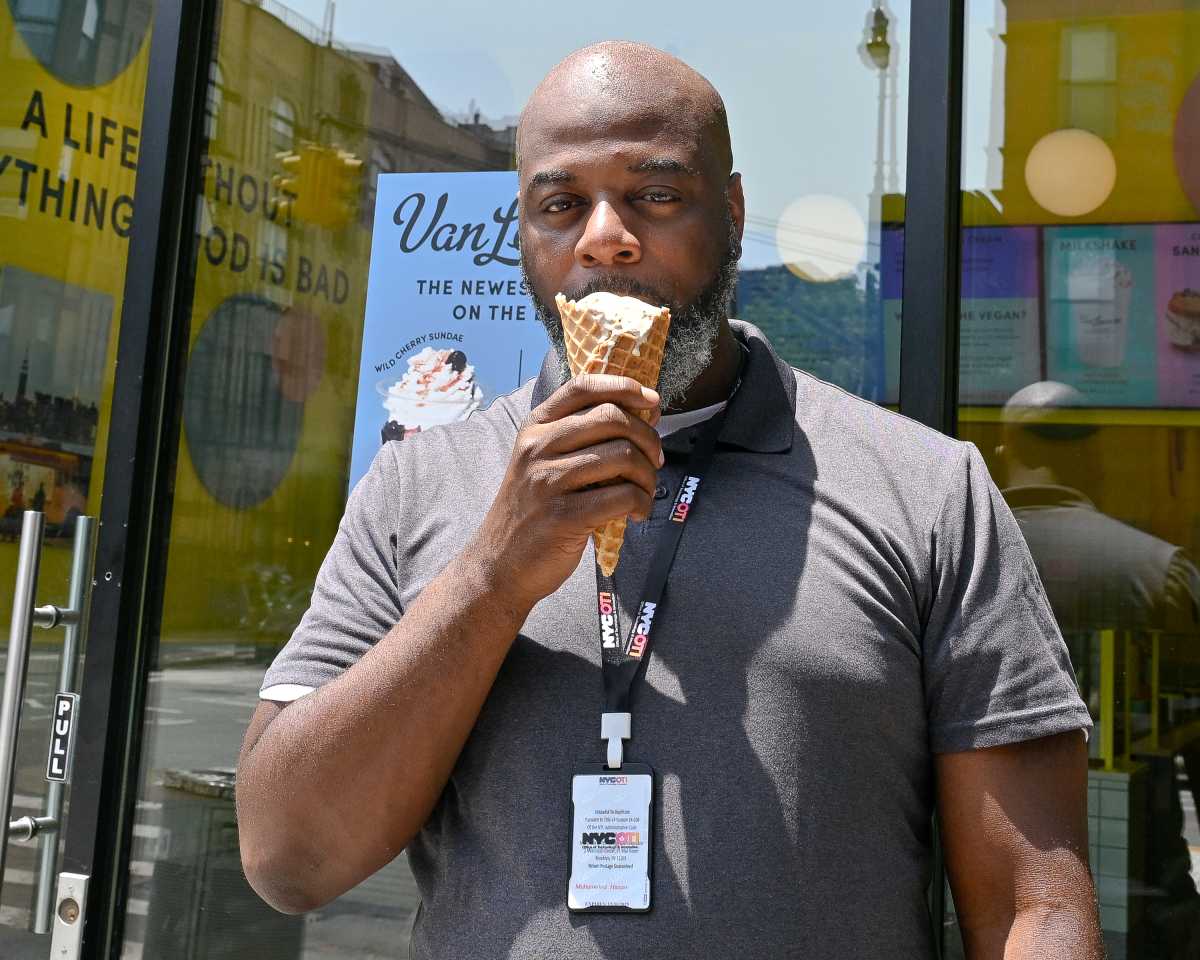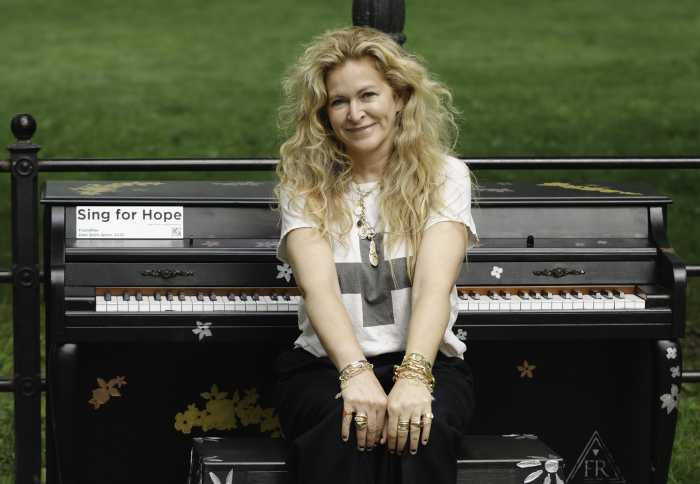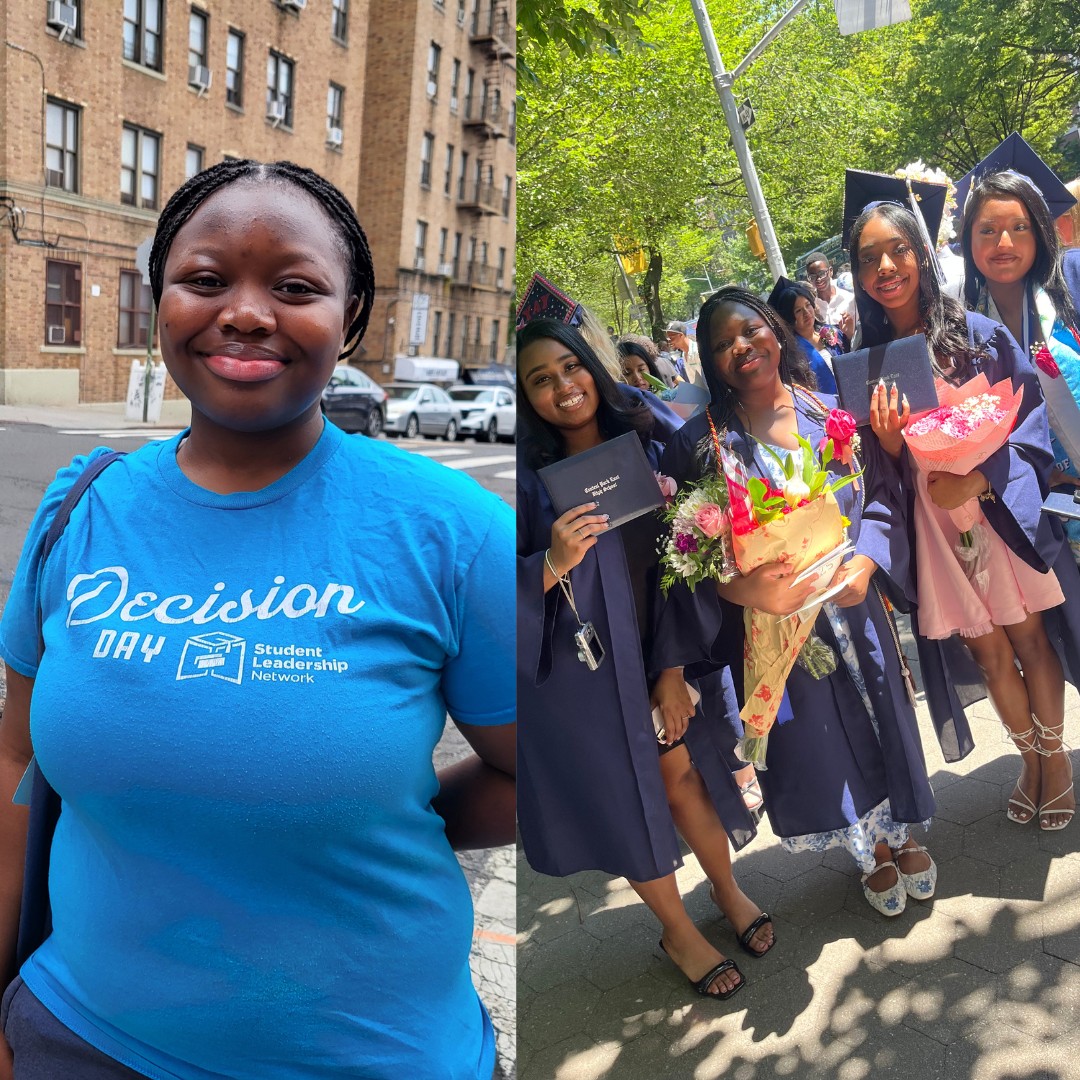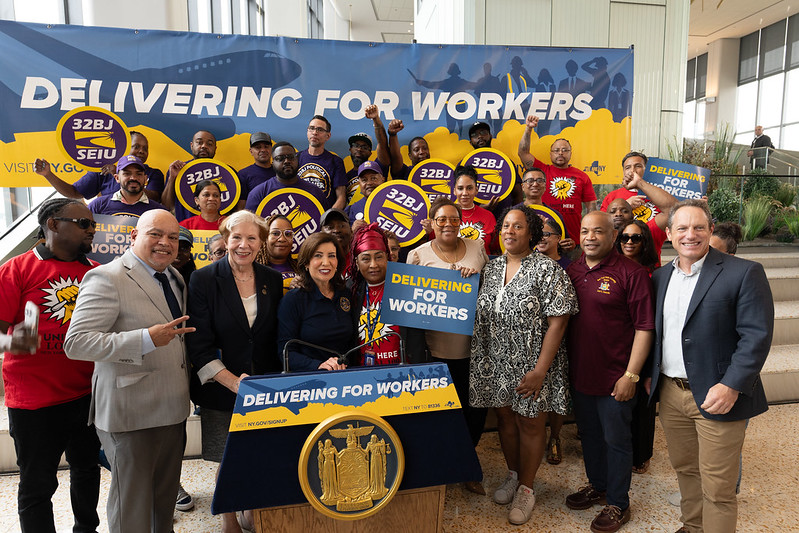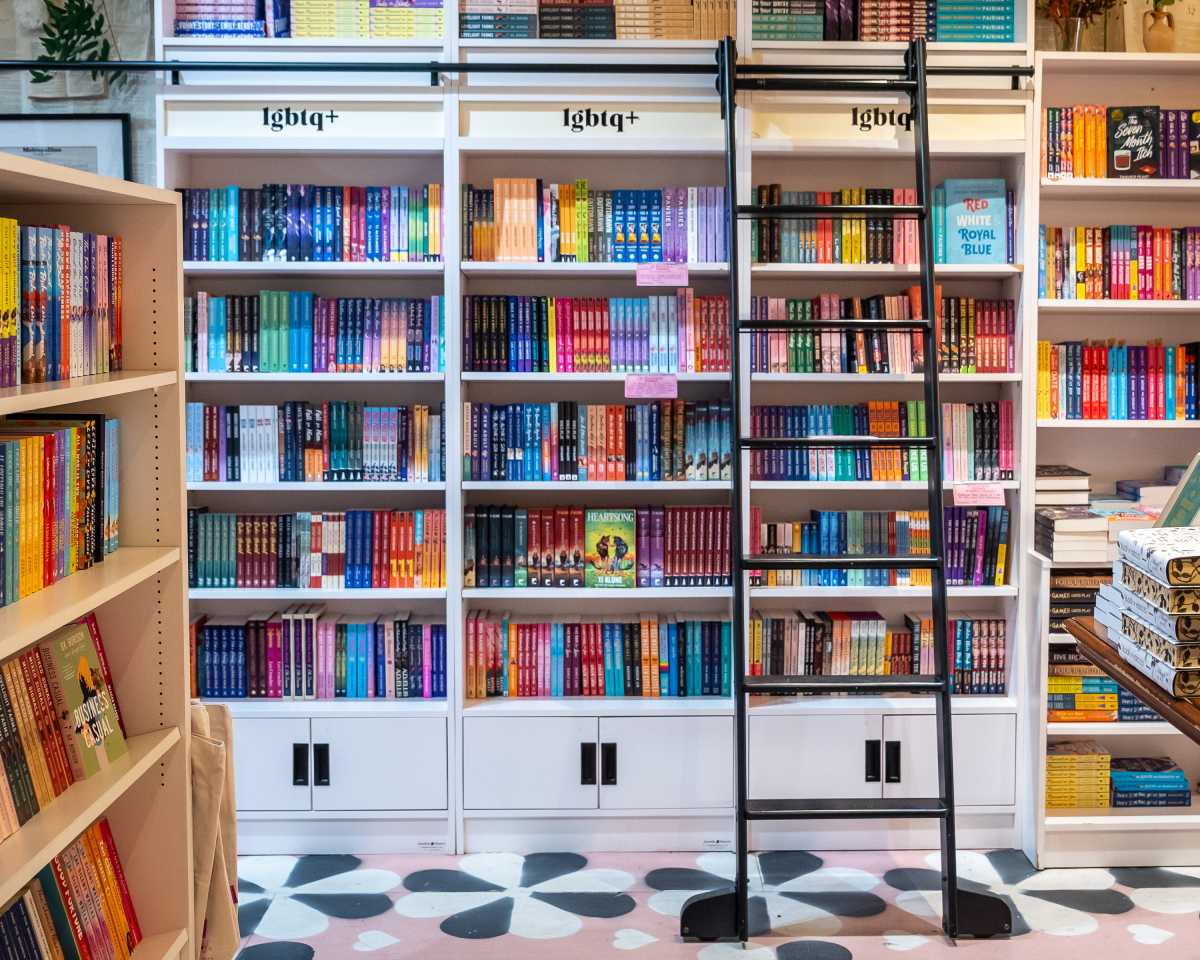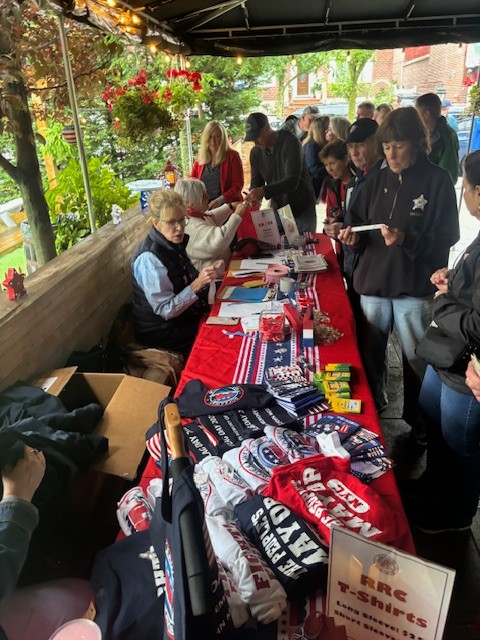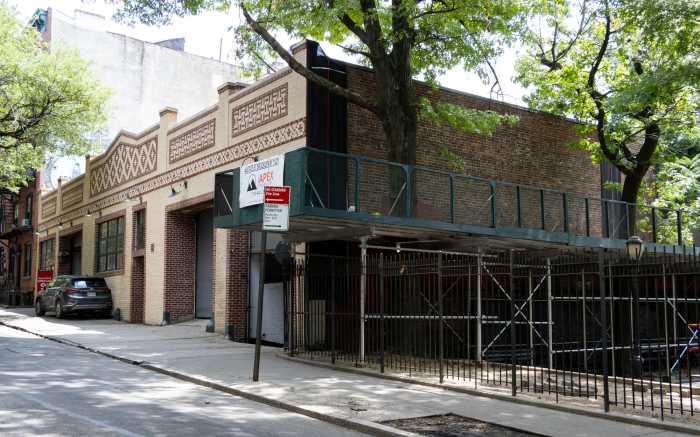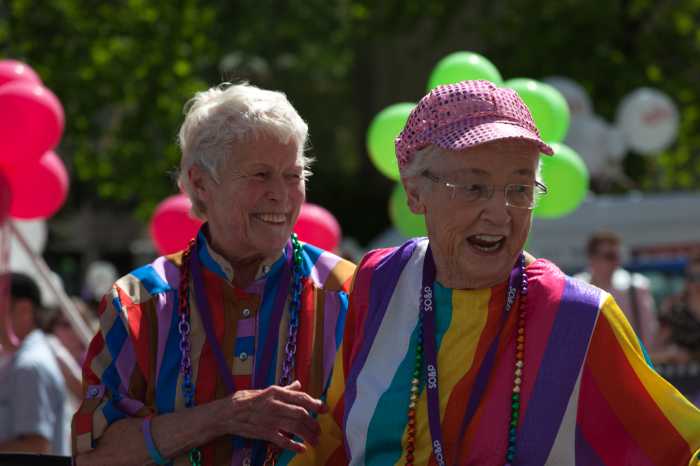New York City is steaming amidst the first major heat wave of the season, with temperatures expected to reach triple digits Tuesday.
While the entire city has been feeling the heat since Sunday, not everyone faces the same risks. For many low-income and Black New Yorkers, the extreme temperatures are dangerous or even deadly.
The heat wave “will not just be uncomfortable and oppressive for New Yorkers, it will be brutal and dangerous,” said Mayor Eric Adams in a Saturday announcement. “These conditions could be deadly and life-threatening.”
Heat is a silent killer
Extreme heat is a more prolific killer than most people think; some 500 New Yorkers die of heat-related illnesses every year.
Though the entire city is at risk, data shows that some neighborhoods are far more vulnerable than others. The city’s Heat Vulnerability Index (HVI), which ranks neighborhoods from 1 to 5 based on heat risk, identifies several communities at the highest level of concern. In Manhattan, Central Harlem, East Harlem, and North Harlem are among the most at-risk, each receiving a level 5 ranking.
The index is based on a statistical model that combines four key factors: surface temperature, green space, air conditioning access, and income. Of these, air conditioning is the most significant in determining vulnerability to heat.
Among those who have died from heat stress, most were found in homes without functioning air conditioners. In cases where information was available, none of the individuals who died had a working AC unit.

Disproportionate consequences
While 90% of NYC households report having air conditioning, that figure drops in low-income areas.
In Manhattan, just three neighborhoods fall below the citywide average. Central Harlem has the lowest percentage, with 82.2% of households reporting air conditioning, East Harlem at 85.1%, and Morningside Heights/Hamilton Heights at 87.8%.
“The New Yorkers without access to cooling are unprotected and at risk,” Adams said in his announcement.
Black New Yorkers are also disproportionately affected by extreme heat, with heat-stress death rates twice as high as those for white New Yorkers. They also face a greater likelihood of heat-related complications overall. Neighborhoods with the highest Black populations in Manhattan, such as Central Harlem North, 58.7% Black; East Harlem North, 37.5%; and Hamilton Heights, 25.8%, overlap with areas marked as most vulnerable by the index.
The HVI points to longstanding social and economic disparities as the cause of these disproportionate health outcomes. According to the index, while many factors affect a neighborhood’s heat risk, “Black New Yorkers are subjected to higher rates of poverty and lower access to air conditioning, green space, and neighborhood cooling resources.” The index notes, “Overall, these systems limit access to resources that protect health.”

Feeling ‘miserable’ in the summer
Joyce Burt, a Harlem resident with air conditioning in her apartment, noted that the amount of air conditioning in Harlem has increased over the years, pointing to cooling assistance programs offering seniors air conditioning. She also recalled earlier heat waves.
“I know it was real hot in ’69 and I was really miserable,” she said. “I was real miserable that year.”
Burt added that rising rents and affordability issues are making it harder for residents to live in Harlem, impacting their ability to buy and use air conditioning.
Mohammed Jabi, a Harlem resident from Gambia, also has air conditioning but said, “More is definitely needed.” Jabi said that once temperatures reach heatwave levels, “everyone should have the ability to access air conditioning.”
“So until everyone has [air conditioning], then it should just be more,” said Jabi.
Jabi believes Harlem has “a decent amount of parks,” though they feel spaced out, and suggested more common areas could help seniors.
Reflecting on the current heat wave, Jabi believes street vendors and construction workers are particularly vulnerable due to prolonged outdoor exposure. He added that “it’s always a little bit tougher” for seniors during heat waves, and “those without the ability to have central air or air conditioning in general.”
How to beat the heat
Enid Knight, a chronic illness manager and health coach, emphasized that staying safe in this heat means more than staying inside.
“Being cool means five things for me,” Knight said. “Hydration, being in cold areas, wearing cool clothing—loose-fitting clothing—knowing when to call 911, and being about your business with your medicine.”
Knight emphasized the need to plan around extreme temperatures and use available resources. “Peak hours—we’ve got to be able to work on that,” she said, adding that it’s important to know “where cooling centers are.”
Knight noted that some people may hesitate to go out or worry about potential costs, but it’s worth it for safety. “So it might not just be my Medicare card,” she said. “I might have to pay $10, but it’s safety.”
Cooling centers, however, are free.
In response to the incoming heat wave, officials have activated the city’s Heat Emergency Plan. Over 500 cooling centers are opening across the five boroughs, including over 20 in Harlem alone.
The city also maintains a 24/7 “Cool Options Map,” which lists official cooling centers and other air-conditioned public spaces like libraries, malls, and museums. Some spaces remain accessible even when a formal heat emergency isn’t in effect. New Yorkers are encouraged to use the map to “find places to stay cool” and plan ahead.
To find a nearby cooling center, visit:






